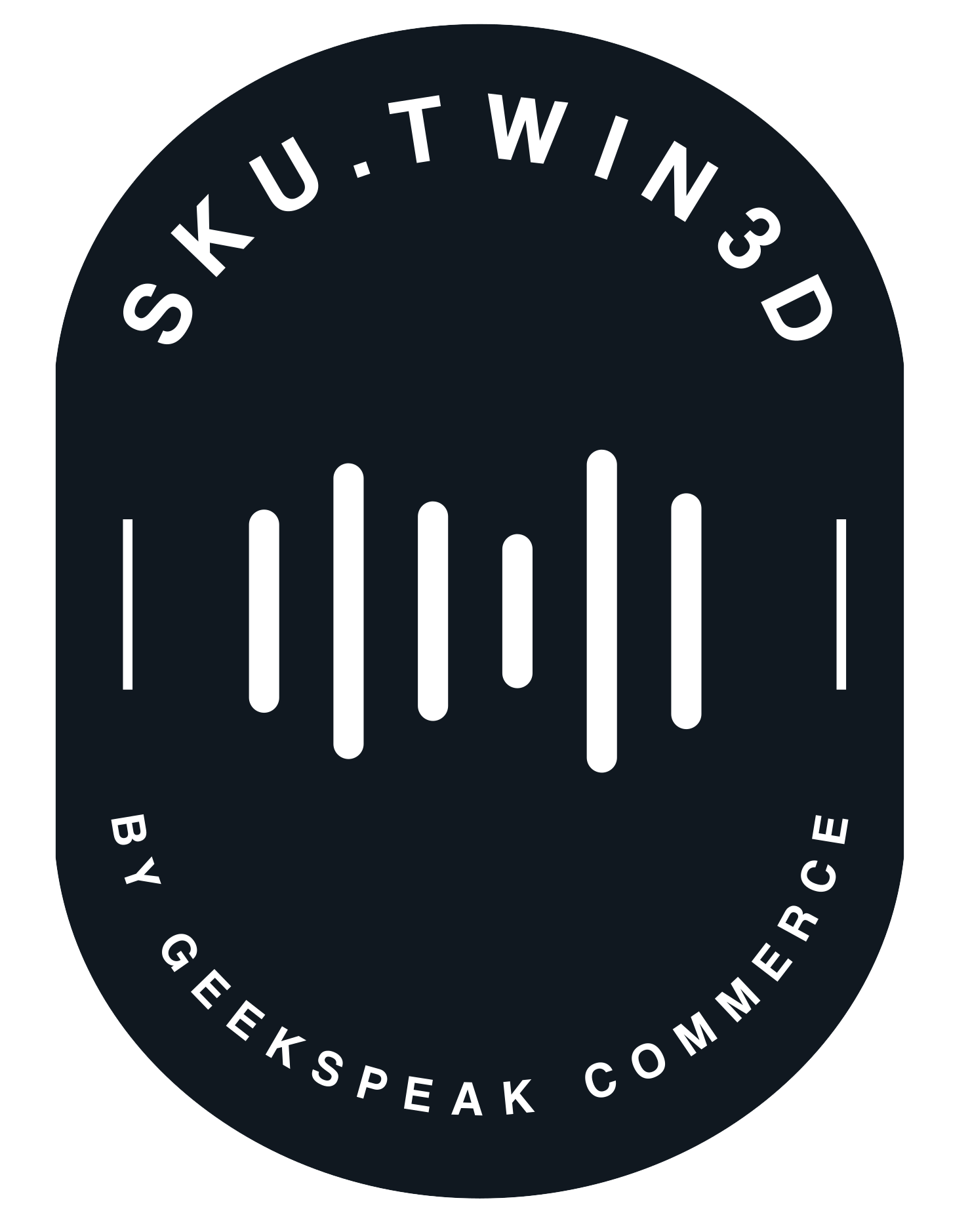In ecommerce and retail marketing, brands constantly face the challenge of acquiring new customers efficiently. One key metric that determines the efficiency of such efforts is the Customer Acquisition Cost (CAC). As marketing channels become increasingly saturated, and consumer attention spans wane, CAC has been on the rise for many businesses. This has driven brands to explore innovative approaches to engage potential customers, and Augmented Reality (AR) stands out as a potent tool. Here's how immersive AR experiences can help reduce CAC.
1. Enhanced Product Visualization:
One of the inherent challenges with online shopping is the inability to 'try before you buy'. AR bridges this gap. For instance, a customer looking to buy a new pair of shoes can virtually 'try them on' using AR. This not only eliminates uncertainties but also reduces the dependency on costly ad campaigns by directly enhancing the product's appeal.
2. Viral Marketing Potential:
A unique AR experience can become a talking point among consumers. Users are more likely to share their interactive AR experiences on social media, leading to organic traffic and brand visibility. This word-of-mouth marketing, powered by technology, can drastically reduce the CAC as brands get free publicity from their existing audience.
3. Reduced Return Rates:
High return rates can inflate the CAC as returns often involve refund processing costs and potential loss of trust. By using AR to give customers a comprehensive understanding of the product, brands can reduce mismatched expectations and, subsequently, returns.
4. Personalized User Experiences:
AR can be tailored to remember individual preferences, offering personalized product recommendations. A personalized shopping journey is more engaging, increases the likelihood of conversions, and reduces the overall CAC as the marketing becomes more targeted.
5. Real-time Feedback and Engagement:
With AR, users can instantly engage with products and provide feedback. This real-time interaction means that businesses can understand their audience better and fine-tune marketing strategies, thus ensuring that advertising dollars are spent more efficiently.
6. Lower Dependency on Physical Stores:
For brands that operate both online and offline, AR can simulate in-store experiences, reducing the necessity for physical showrooms or trial rooms. This can translate into significant savings and a subsequent reduction in CAC.
7. Interactive Ad Campaigns:
Traditional ads are passive, while AR ads are interactive. An AR-driven ad campaign can provide far more engagement than a static banner or video ad. Given that higher engagement often translates to better conversion rates, brands can achieve better results without increasing ad spend, leading to a lower CAC.
8. Building Trust and Brand Loyalty:
Trust is a significant factor in reducing CAC. When customers trust a brand, they're more likely to make a purchase without needing multiple touchpoints or convincing. AR can bolster this trust by offering transparency and an immersive product experience.
As businesses grapple with rising marketing costs, AR offers a beacon of hope. By creating engaging, interactive, and personalized shopping experiences, AR not only enhances the user journey but also provides tangible cost benefits for businesses. In the grand scheme of ecommerce and retail marketing, AR can be the game-changer that brands need to reduce their CAC and achieve sustainable growth.
